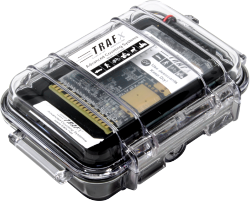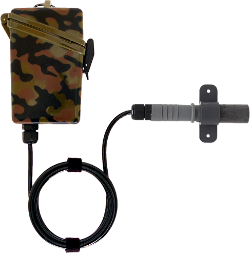|
Should we develop it? What do you think, should TRAFx develop a counter that automatically sends its data from the field using the cellular network (eg., Verizon, Bell)? With a cellular-enabled counter, you would not have to visit the counter to download it. However, there are trade-offs. See right for details.
Again, what do you think? Should we develop a cellular counter?
Thank you very much! |
Cellular counter
|
Standard counter

|
|
| Counter cost (USD) |
$955 - One cellular-enabled TRAFx counter (est.) $300 - Three-year cellular plan for one counter (est.) $1255 |
$590 - One standard TRAFx counter $0 - (no cellular plan required) |
|
|
Features
|
|
|
|
|
Constraints
|
|
|
|
| Also... |
|
|